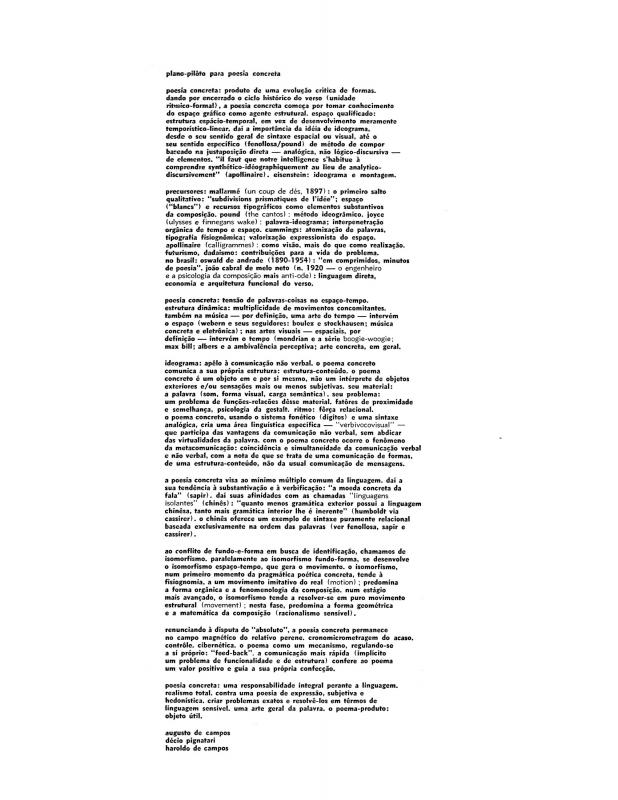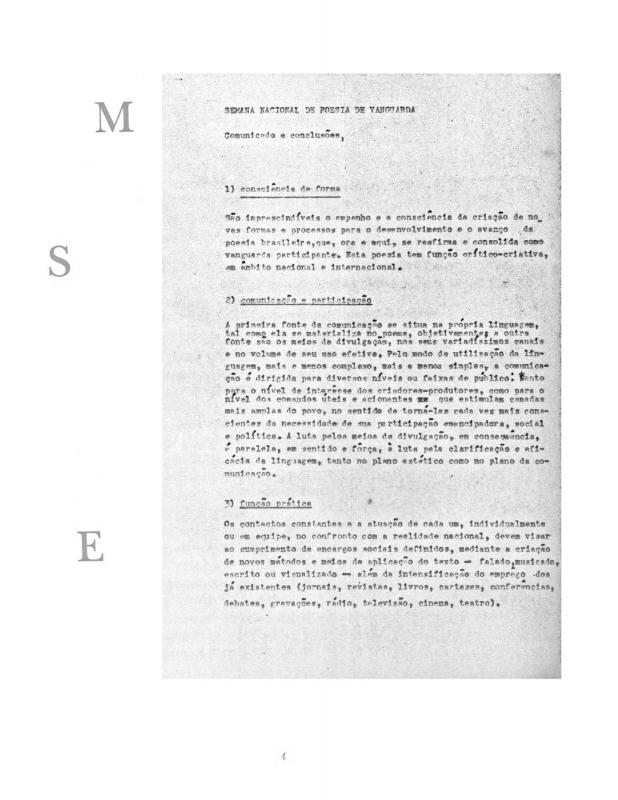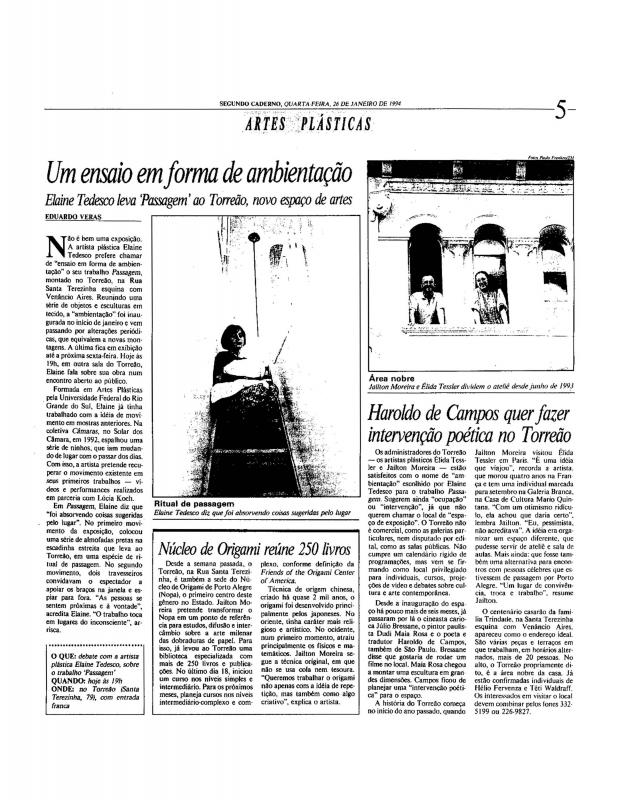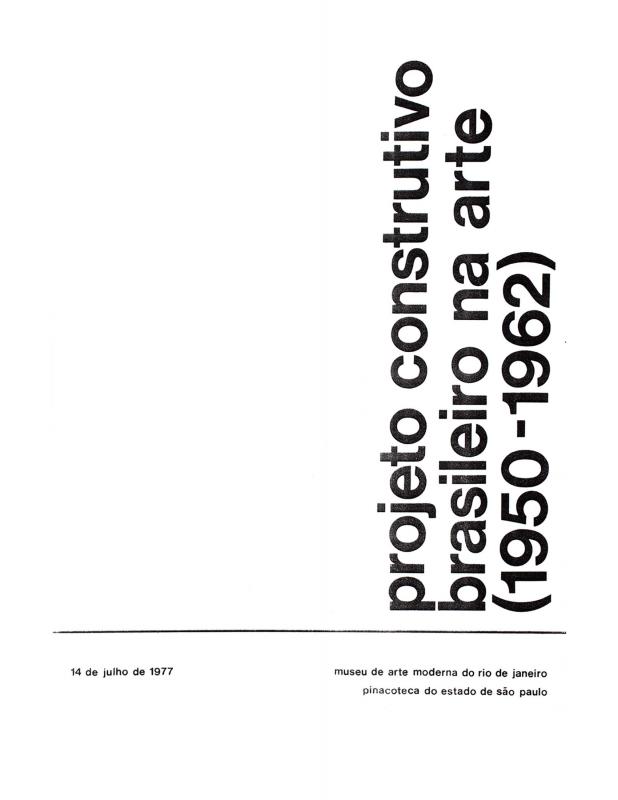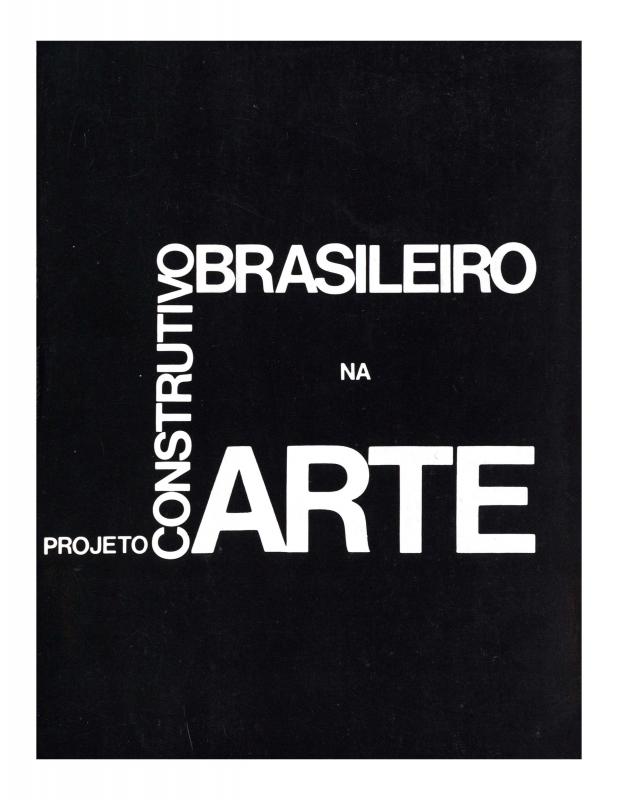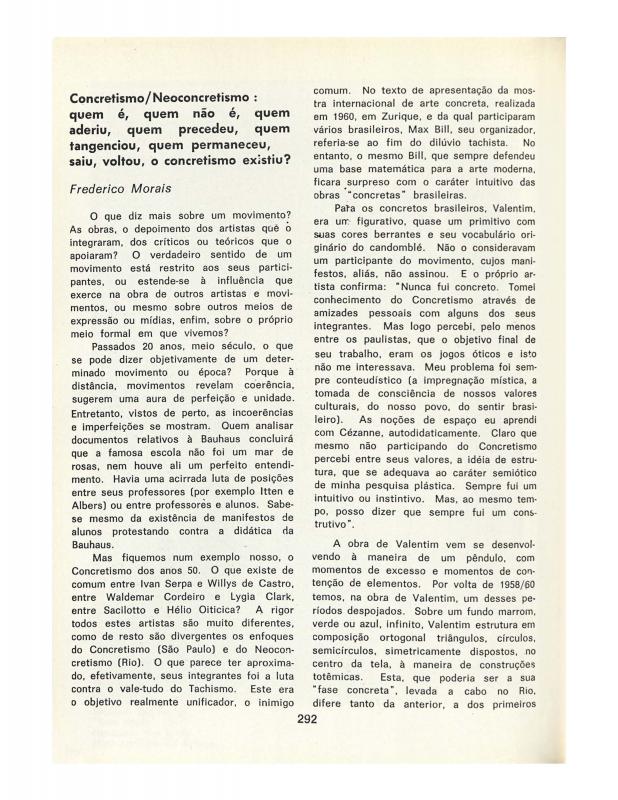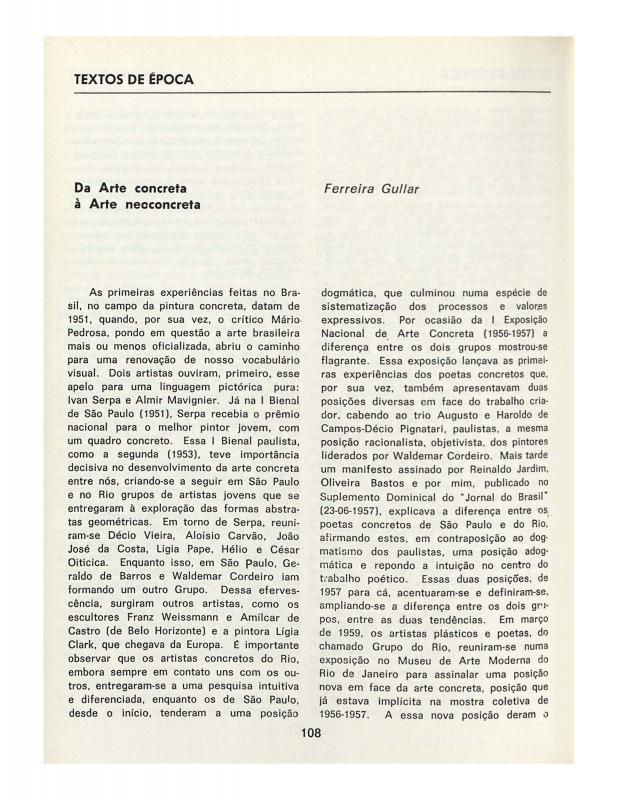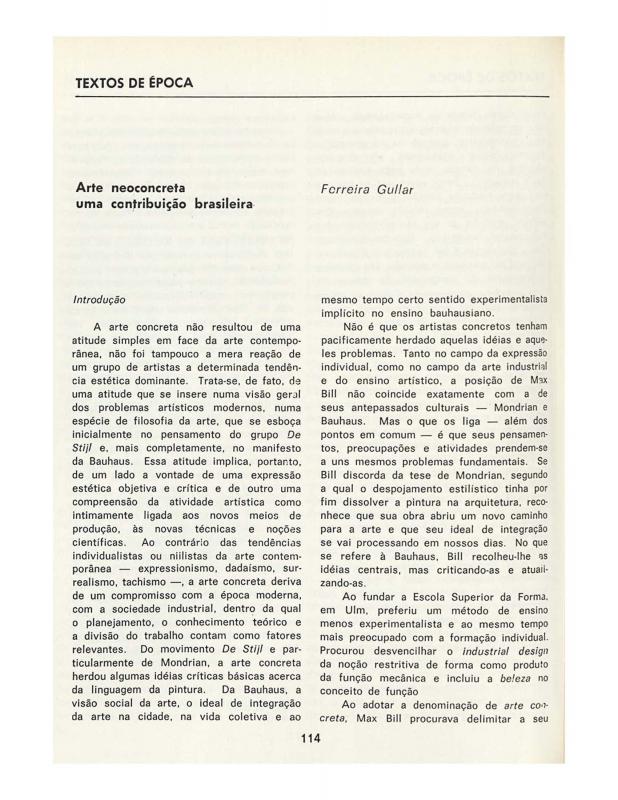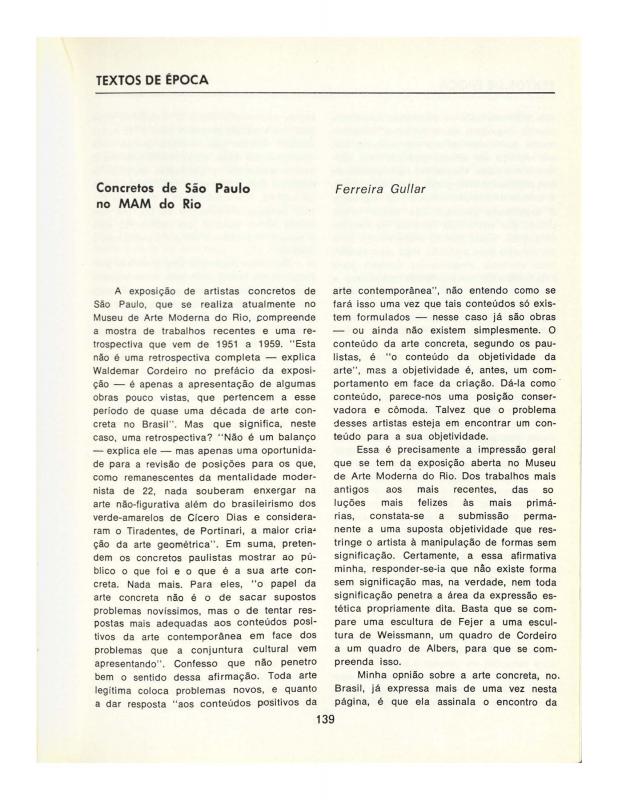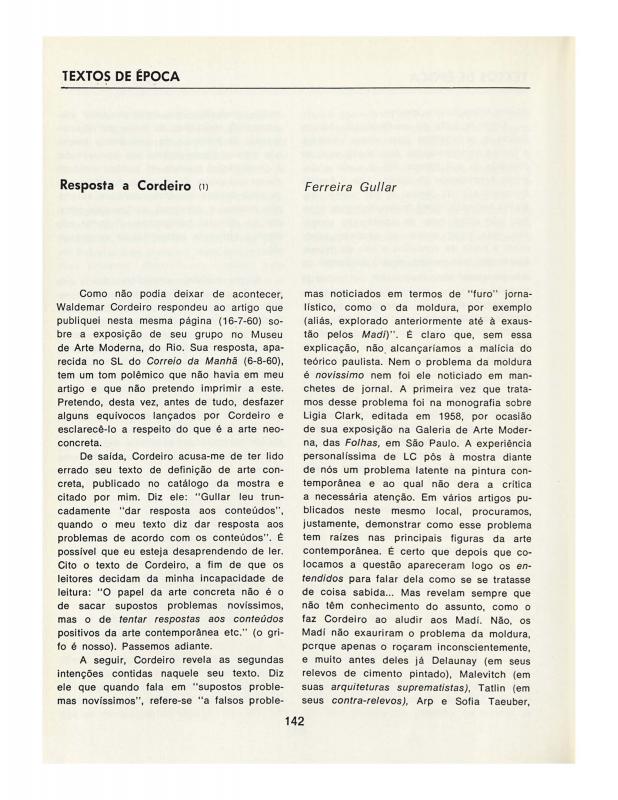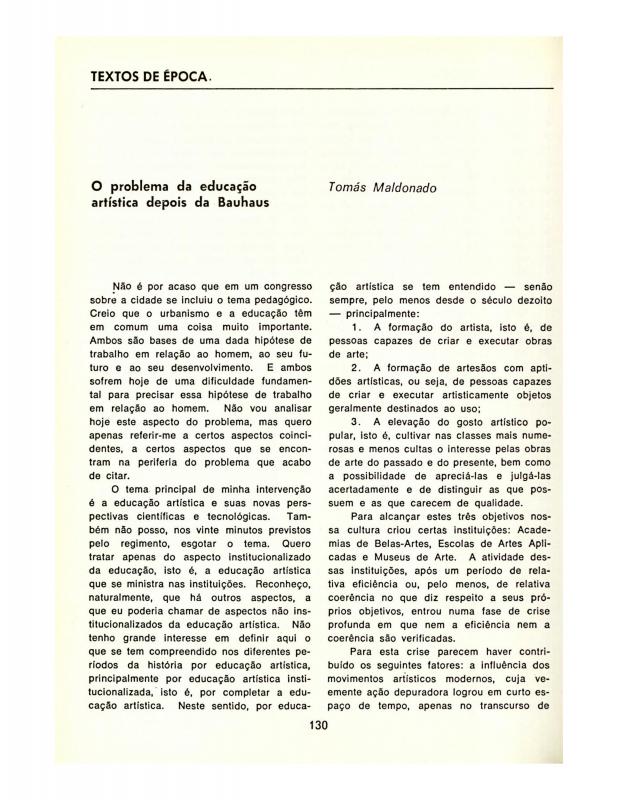The poet Luiz Antônio de Figueiredo was born in Presidente Alves in the state of São Paulo. While taking classes in Concrete poetry in the nearby city of Marília he met the writers Décio Pignatari and Osman Lins. In the 1960s, while studying avant-garde literature, he moved to São Paulo, where he enrolled in Concrete poetry classes at the PUC-SP (Pontifícia Universidade Católica de São Paulo). During the 1980s, Figueiredo transitioned from poetry to prose and translated the works of Jorge Luis Borges and Edgar Allan Poe. He has written several anthologies and the book Dublagem (Dubbing, 1986). In 1995, he published Poemas do Tempo (Poems about Time).
[For more about Concrete poetry, see the ICAA Digital Archive: “Esposicao Nacional de Arte Concreta” (doc. no. 1305788) by Miguel Germano; “Plano-pilôto para poesia concreta” (doc. no. 1090135) by Décio Pignatari, Haroldo and Augusto de Campos; “Semana Nacional de Poesia de Vanguarda: comunicado e conclusões” (doc. no. 1110501) by Roberto Pontual; and “Haroldo de Campos quer fazer intervenção poética no Torreão” (doc. no. 1111023) by Eduardo Veras.]
The document is illustrated with a couple of graphic poems by Concrete poets: “Alea I” (1962–63) by Haroldo de Campos and “Luxo-Lixo” (1965) by Augusto de Campos. This essay appeared in Projeto Construtivo Brasileiro na Arte, the catalogue for the exhibition organized in São Paulo by Aracy Amaral (b. 1930) and Lygia Pape (1927–2004). The event was hugely influential in Brazil, prompting an innovative reading of the meaning of the rationalist movements in Brazilian art. The exhibition was presented in 1977 at the Pinacoteca do Estado de São Paulo and, later on, at the MAM-RJ (Museu de Arte Moderna do Rio de Janeiro).
[For more information about this exhibition, see the following: “Projeto construtivo brasileiro na arte” (doc. no. 1110680) by Pape; “A arquitetura é a grande arte de nosso tempo —1948: Romero Brest em São Paulo” (doc. no. 1314972) by the Argentinean critic; “Concretismo/ Neoconcretismo” (doc. no. 1315134) by Frederico Morais; “Arte Concreta” (doc. no. 1315020); “Da arte concreta à arte neoconcreta” (doc. no. 1315036), “Arte neoconcreta, uma contribuição brasileira” (doc. no. 1315052), “Concretos de São Paulo no MAM” (doc. no. 1315102), “Resposta a Cordeiro” (doc. no. 1315118), five essays by Ferreira Gullar; see also “O problema da educação artística depois da Bauhaus” (doc. no. 1315069) by Tomás Maldonado.]

